Discover the top 10 shocking reasons why you should never paint your deck.
Discover the top 10 shocking reasons why you should never paint your deck.
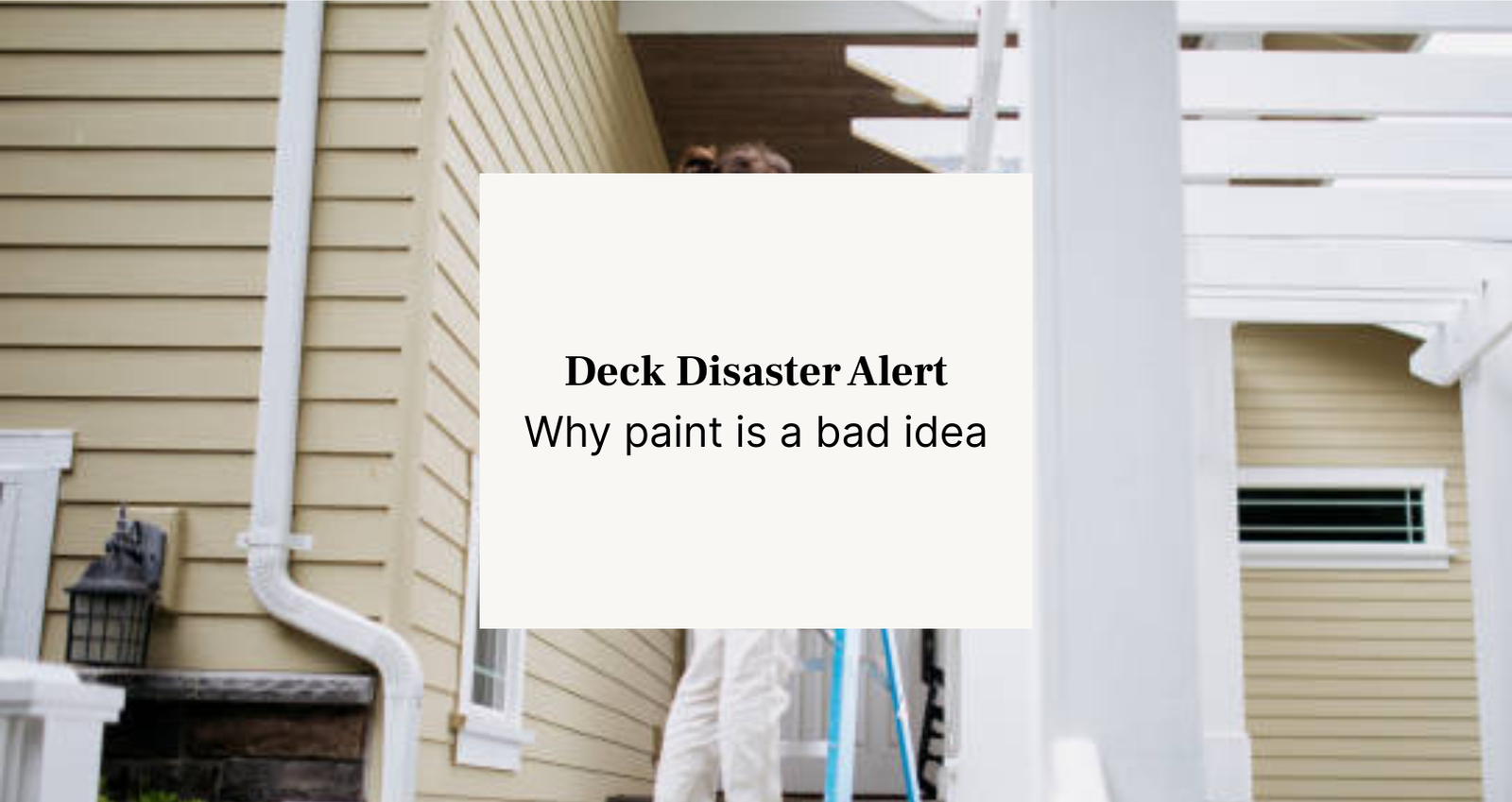
Painting may seem a welcome change in upgrading the looks of your deck but can turn messy in many ways, costing you time and money. Before you take up that paintbrush, consider the following ten reasons why painting your deck is probably not the best idea. Also look for 6 Top Genius Minimalist Decorating Tricks for Small Spaces.
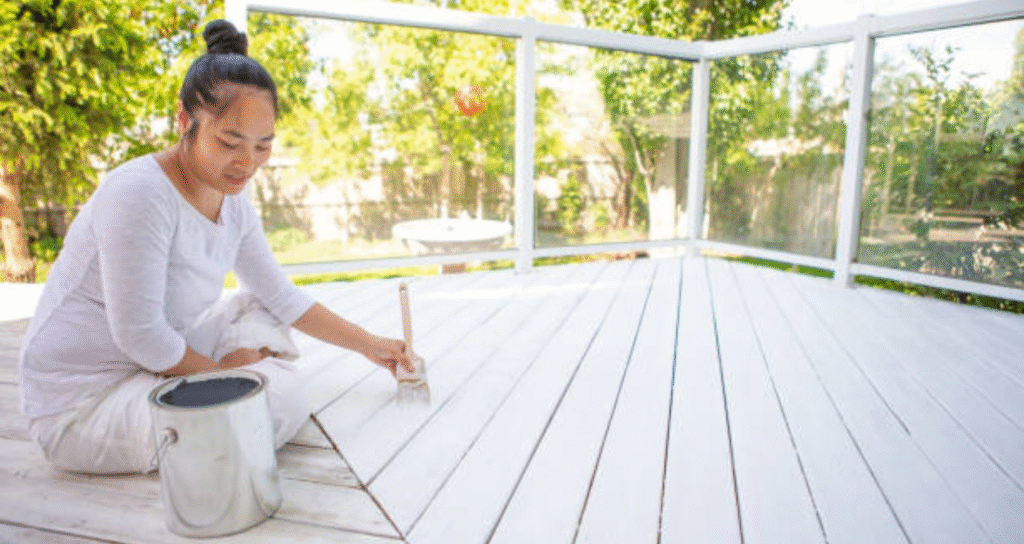
The most alarming thing about painting a deck is that it traps the moisture below the surface. The paint seals the water underneath, which results in the developing wood rot and decay. This is more terrible in very rainy or humid conditions.
Painted decks can be very slippery when wet. This is a very real performance hazard, particularly to children and the elderly. A painted surface actually becomes a safety net for slip and falls.
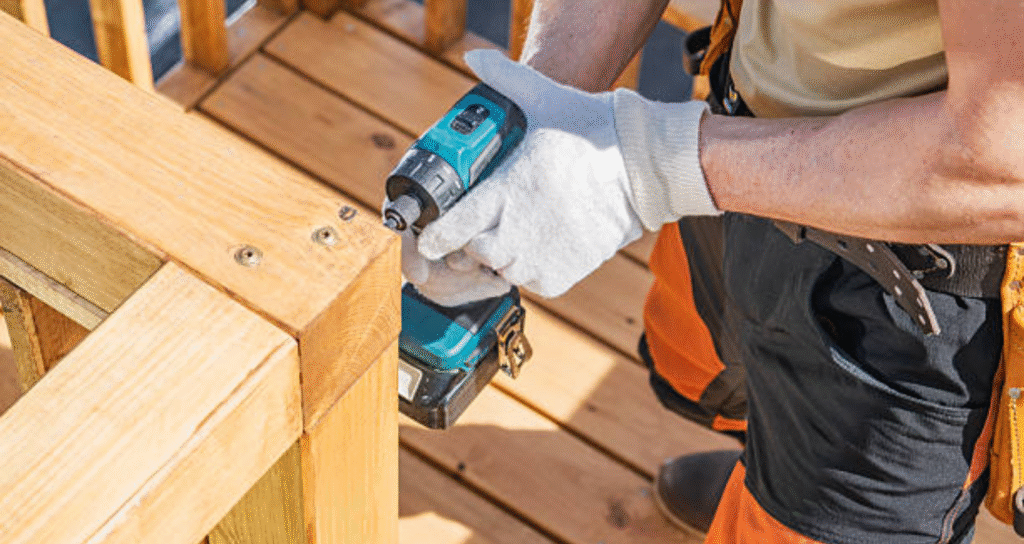
Painting a deck should be more frequent upkeep than a stained deck, which may light touches. Peeling paint or chipped paint detracts from the beauty of your deck and requires you to repaint the deck often, adding costs over time.
A shiny coat of paint looks lovely when first applied; however, a continuous exposure to the sun will cause that paint to fade rapidly. This means that your beautiful deck might fade to obscurity, begging for another coat more than what you would like.
Should you wish to change your deck’s color or restore it, it is quite a formidable task to create and remove paint. Stripping paint from wood will cause surface damage as paint deck problems requiring further repairs and refinishing.
Some paints use chemicals that have a harmful reaction on the wood of your deck. This may lead to discoloration, warping, or even structural damage. Choosing the wrong type of paint can therefore result in the loss of integrity of the deck.
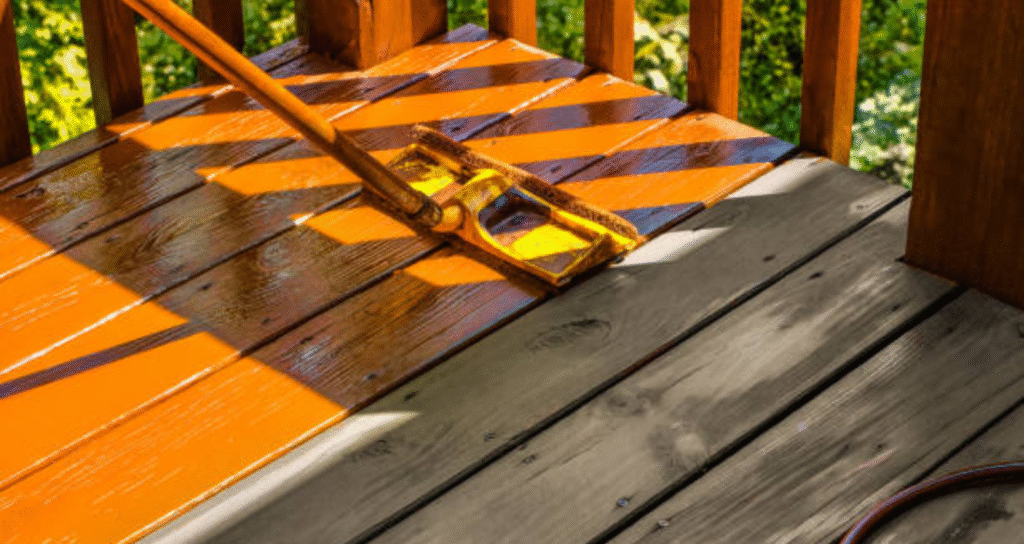
Stains, rather than paints, are often a better choice. Stains penetrate the wood, allowing the wood to breathe whilst giving it protection from moisture and UV rays. The staining vs painting deck debate is alive and kicking, and many homeowners feel that stains hold the strongest position of durability or sustainability.
Although typically quite hot and brightly lit, painted surfaces absorb sunlight better than the natural wood. It is also bad for obtaining the deck sufficient space of time under the open sun. For instance, in case you have a plan to enjoy the outside, you should include heat retention factors when using the area.
Water can accumulate under areas painted to seal the surface and moistness retentive and create wrong conditions for deck rot prevention due to paint on the surface of the deck. Such characteristics allow the water to bead on the surface and evaporate by causing staining compared to painting, which forms a barrier that leads to the trapping of moisture.
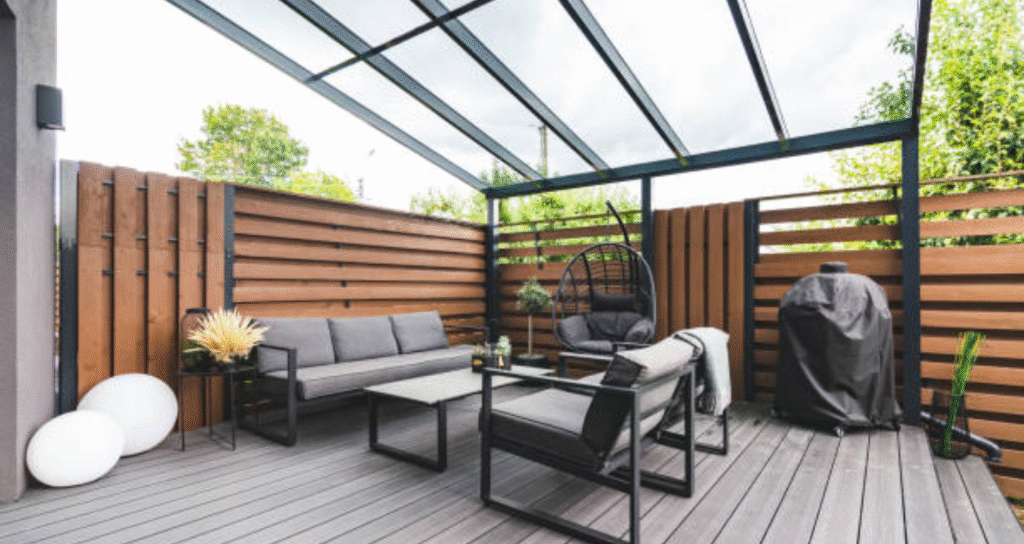
Naturalizing the Beauty Loss Lastly, one of the unimportant drawbacks would be the total obfuscation of the naturally beautiful wood by painting it. Such painting would obfuscate unique grain and character that otherwise wood would have, and, for those who opted to paint, this would bar the option of putting forward the natural beauty of the material.
It may look like a quick improvement to increase your appearance when painting your tire, with potential deficiencies over -the excess. Due to increased maintenance for solid moisture and safety hazards and loss of natural beauty, they are hypnotized due to avoiding paint. Instead, you can consider alternatives such as dyeing, which can provide protection without compromising the integrity of your deck.
After prioritizing proper deck maintenance tips and safety for tires, you can ensure that the external site for the coming years remains beautiful and functional. Remember that making an alternative to your deck will have a safe and more comfortable outdoor experience.